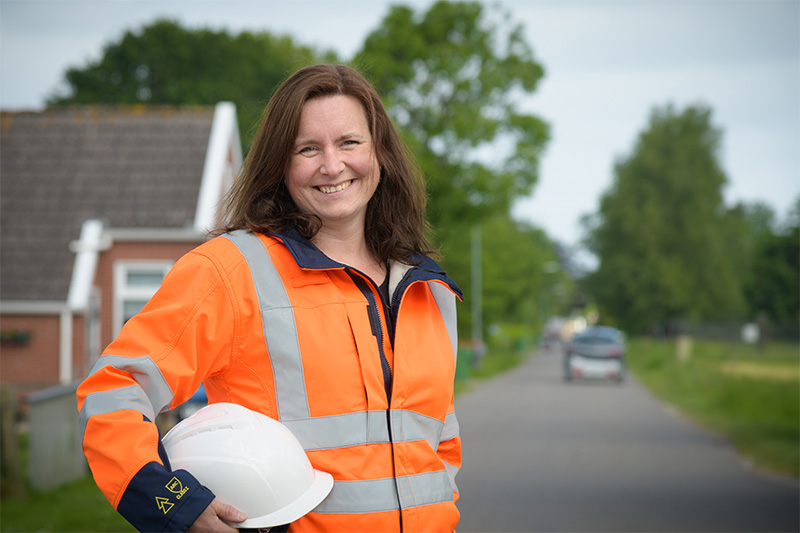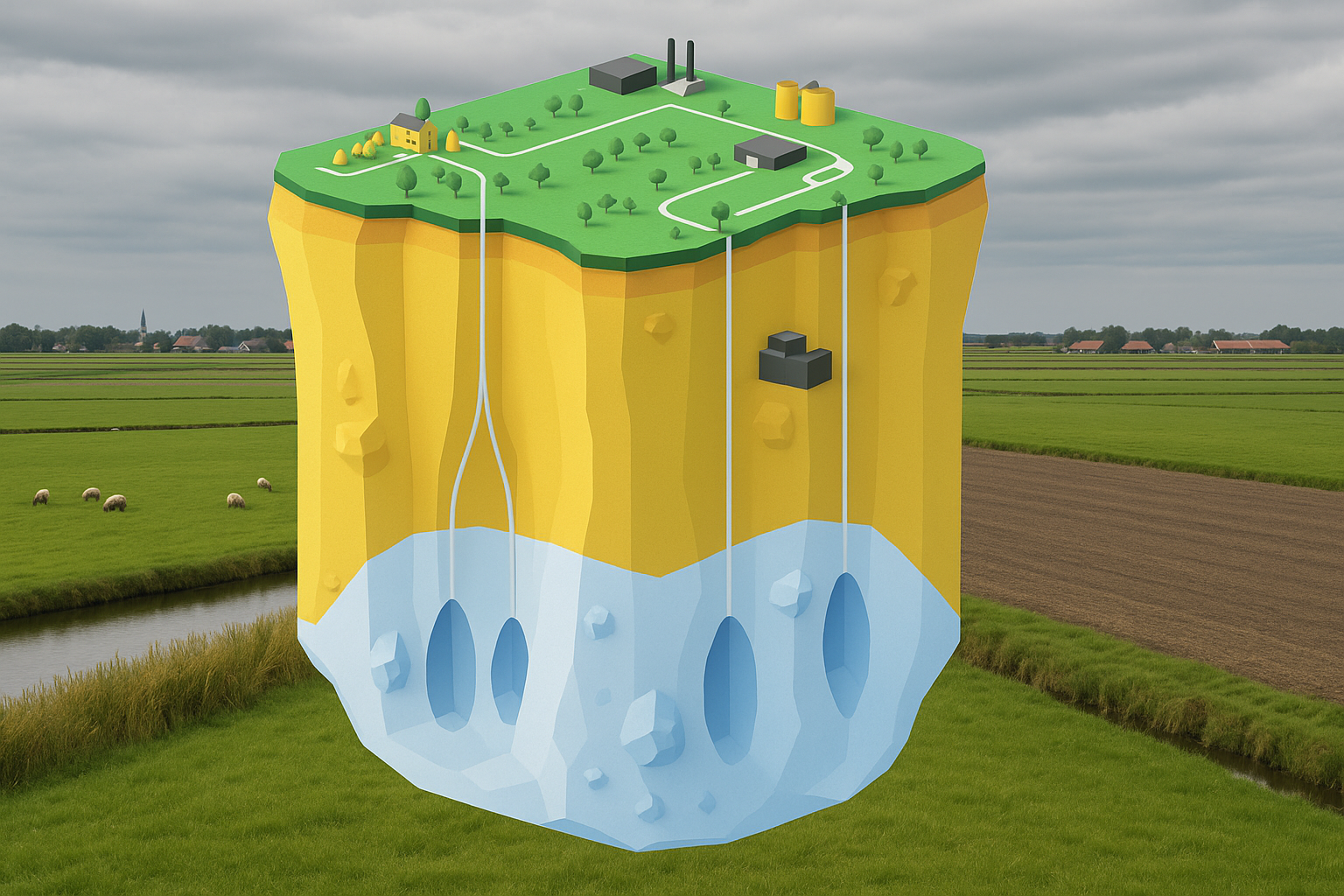Ellen de Waard, Community Engagement Manager in Groningen for Nobian, is a long-term SitePodium user. With a background in construction, she introduced the app to the chemical sector when she started working for Nobian, thus demonstrating how widely applicable our medium actually is.
Nobian mines salt in the North and the East of The Netherlands. What is less well-known is that this work also contributes to an energy-neutral future for both Nobian as well as The Netherlands.
The caverns that remain behind when the mining work comes to a halt, are very suitable for storing gases, which can in turn be used for a stable supply of green energy to Dutch households. The large Dutch energy network operator Gasunie already has them in use for this purpose.
In part 1 of this series, we talked about Ellen’s work as a Community Engagement Manager and how she uses SitePodium to communicate with cautious stakeholders. In this second part of her story, you will read about how Ellen and Nobian’s salt mining endeavours contribute to the energy transition and a greener future for us all.

A bit of theory about salt
Under the ground there is a petrified salt layer, as hard as concrete, called Zechstein. This layer runs from Great Britain on one end to Poland on the other. In places, it has been pushed upwards, creating mountains of clean, pure sodium salt underground. Some of these mountains, as large as Mount Everest, are located under the Netherlands. It is this salt that Nobian extracts from the ground via its locations in Veendam, Winschoten and Twente.
By drilling a hole in the sodium salt and filling it with water, the salt is dissolved and pumped out of the ground. This brine, consisting of approximately 25% pure dissolved salt, is transported via pipes to the factory in Delfzijl for further processing. The cavern is always filled with pressurised brine. When mining-work is completed, the water that remains must first reach a stable temperature before the cavern can be closed off. Via this method, they are able to guarantee safety for local residents.

From salt mining to green energy
Nobian uses a lot of energy to process brine into products used in the chemical sector. How do they contribute to a greener society? It is true that the energy transition and chemistry are often seen as contradictory. For Nobian, this is different. Specially developed caverns can be used to store gas when they are no longer used for salt mining. This is because the salt layer is impermeable.
Gasunie currently employs six caverns for the storage of their gas. However, hydrogen storage seems to be the future. “A surplus of energy from the electricity network can be converted into hydrogen and stored in the caverns,” says Ellen. If there is a shortage of electricity, the hydrogen can be converted back into green energy. In this way, it keeps the Dutch energy supply stable. Thus, a salt mining cavern actually becomes a large hydrogen battery.

A pioneer in sustainability
Hydrogen is a lesser-known source of green energy. Nobian produces green hydrogen themselves as a by-product when processing brine and put this to good use. Nobian already transports salt with the first green ship on hydrogen, but cars can also run on hydrogen. For the industry and other large consumers, it is a green alternative to gas.
Nobian’s ambition is to be one of the most sustainable chemical companies in Europe. Thanks to the ambitious sustainability program Grow Greener Together, Nobian wants to be CO₂ neutral in 2040 and use 100% renewable electricity. In order to accelerate the reduction of CO₂ emissions, Nobian has signed a joint agreement with the Dutch government. “With this agreement, Nobian wants to accelerate its current goal of zero emissions in 2040 by 10 years, to be CO₂ neutral in around 2030,” says Ellen proudly.
Nobian is not only the leader in Europe in the field of sodium salt, but also a great example to the world that shows that sustainability in the chemical sector is possible.

SitePodium in the chemical industry
At SitePodium, we are just as proud as Ellen that we can make a small contribution to this noble cause. Ellen uses our app, among other things, to show local residents that salt mining is different from gas mining and that it can contribute to their lives instead of hindering them.
Even though environmental communication and the storage of hydrogen are two separate subjects, for Ellen they are intertwined. She introduced SitePodium to Nobian at the time, and we are delighted to be of service.
Read more about Ellen’s work as Community Engagement Manager and how she uses SitePodium to communicate with fearful stakeholders in our first article about Ellen de Waard.
